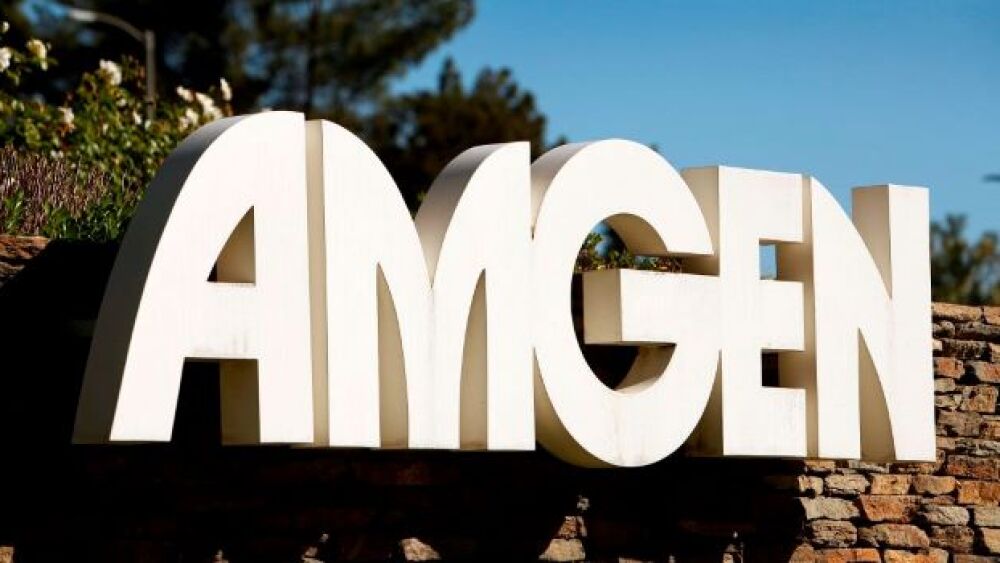In DMD, the most common form of muscular dystrophy, patients lack a large, rod-like protein called dystrophin located primarily in muscles used for movement and in heart muscle. The dystrophin is part of a group of proteins that acts as an anchor, connecting each muscle cell's structural framework with the lattice of proteins and other molecules outside the cell. Without dystrophin, many of the muscle cells in the heart are damaged, subsequently die and are replaced by connective tissue.
“Many Duchenne MD patients suffer from dilated cardiomyopathy (DCM), a condition in which the chambers of the heart are enlarged and weakened,” explained the study’s lead author, Suzanne Berry, Ph.D. “As a result the heart can’t efficiently pump blood to the body and many patients eventually die. We hypothesized that mesoangioblast stem cells (ADM) found in the walls of large blood vessels, in this case the aorta, would restore dystrophin and therefore alleviate or prevent DCM.”
Berry led the multidisciplinary team of researchers at the University of Illinois Urbana-Champaign in testing their theory.
They found that when they transplanted ADM cells from healthy mice into the hearts of a group of young dystrophin-deficient lab mice prior to the development of heart problems, the cells prevented onset of DCM. Potential mechanisms for this effect included generation of new muscle cells in the heart by the ADM as well as significantly higher CD31 expression, an indicator that new blood vessels are forming. Interestingly, these mice also showed an increase in the proliferation of stem cells already present in the heart (nestin+cardiac stem cells), and their differentiation into heart muscle cells. This is the first time that activation of nestin+ cardiac stem cells has been observed in response to transplanted stem cells, or correlated with a functional benefit.
As a result, new heart muscle cells were generated by both the donor ADMs and nestin+ cardiac stem cells already existing in the heart of the recipient mice. This may prevent or delay the onset of heart problems that occur in the absence of dystrophin by replacing the lost or damaged heart muscle cells.
In contrast, when the ADMs were injected into the hearts of a group of aged dystrophin-deficient mice in which heart muscle cells had already been replaced by connective tissue, no functional improvement was detected.
“Instead,” Berry says, “ADM exacerbated some features of the condition. This suggests that while ADMs might delay or prevent development of DCM in a dystrophin-deficient heart, the timing of the stem cell transplantation may be critical. Because Duchenne patients are closely monitored for changes in heart function, it would be feasible to provide them with such a treatment at the appropriate time to achieve a functional benefit.”
The study also identified additional potential therapeutic targets for treating dilated cardiomyopathy in DMD, including new vessel formation and nestin-expressing stem cells in the heart. “Further studies need to be done to determine whether inducing new vessel formation or activating nestin+ stem cells in the dystrophin-deficient heart to become heart muscle cells will prevent, delay or alleviate cardiomyopathy without ADM transplantation,” Berry says. “These events may be key to the benefit we have observed with ADM transplantation in our study. Identification of new therapeutic targets is important because it may lead to the development of combination therapies that have the potential to achieve additive or even synergistic benefit in the future for patients.”
“Identification of this population of cells, resulting in the first report of functional benefit in the dystrophin-deficient heart, opens the door to many promising research opportunities,” said Anthony Atala, M.D., Editor of STEM CELLS Translational Medicine and director of the Wake Forest Institute for Regenerative Medicine.
The full article, “Injection of vessel derived stem cells-prevent dilated cardiomyopathy and promote angiogenesis and endogenous cardiac stem cell proliferation in mdx/utrn-/- but not aged mdx mouse models for Duchenne muscular dystrophy,” can be accessed at http://stemcellstm.alphamedpress.org/content/early/2012/12/24/sctm.2012-0107.full.pdf+html.
About STEM CELLS Translational Medicine: STEM CELLS TRANSLATIONAL MEDICINE (SCTM), published by AlphaMed Press, is a monthly peer-reviewed publication dedicated to significantly advancing the clinical utilization of stem cell molecular and cellular biology. By bridging stem cell research and clinical trials, SCTM will help move applications of these critical investigations closer to accepted best practices.
About AlphaMed Press: Established in 1983, AlphaMed Press with offices in Durham, NC, San Francisco, CA, and Belfast, Northern Ireland, publishes two other internationally renowned peer-reviewed journals: STEM CELLS® (www.StemCells.com), celebrating its 30th anniversary in 2012, is the world's first journal devoted to this fast paced field of research. The Oncologist® (www.TheOncologist.com), also a monthly peer-reviewed publication, entering its 17th year, is devoted to community and hospital-based oncologists and physicians entrusted with cancer patient care. All three journals are premier periodicals with globally recognized editorial boards dedicated to advancing knowledge and education in their focused disciplines.




